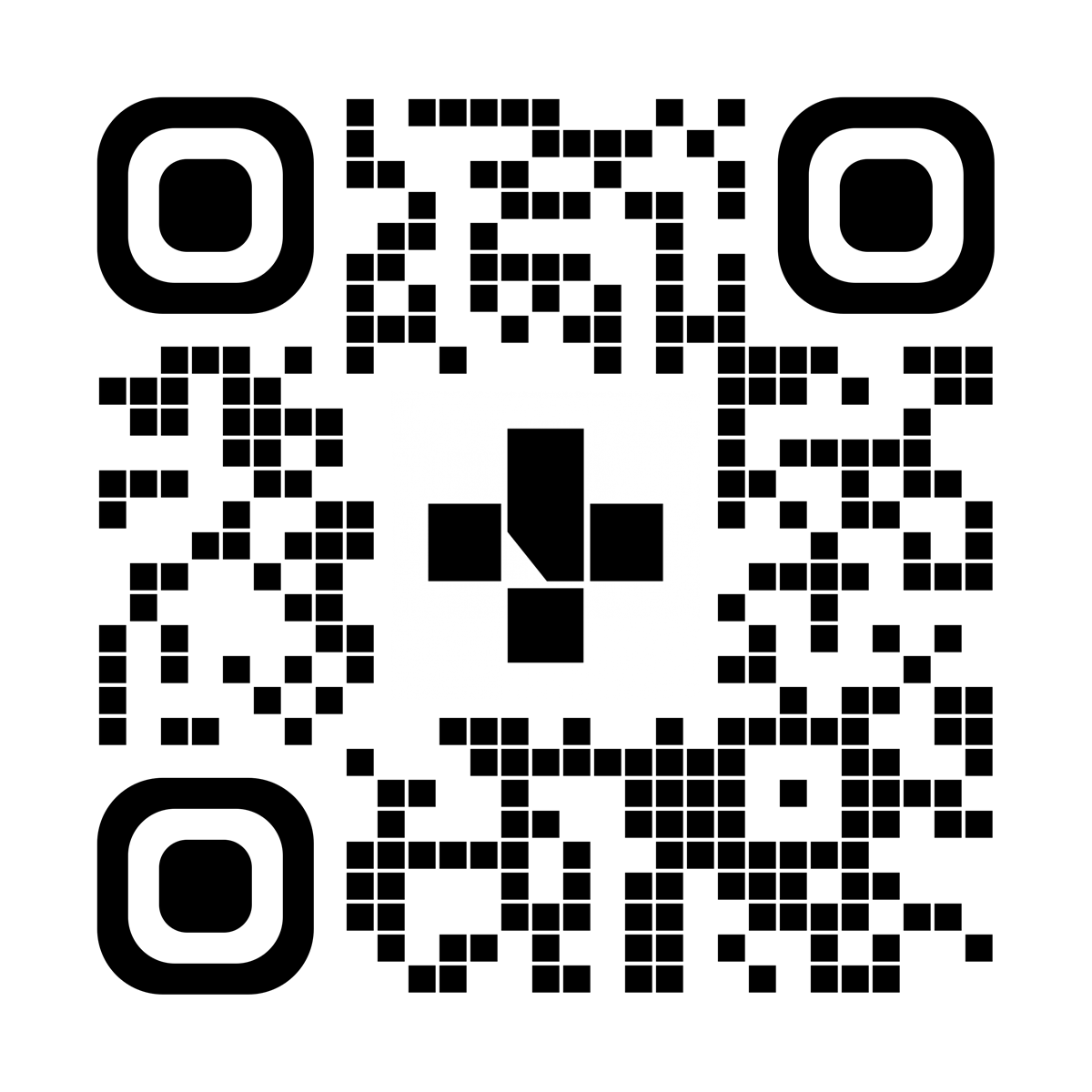Opioids for Pain in Children and Youth
Care instructions
Opioids are strong prescription pain medicines. Your child may get this medicine if they have:
- a painful injury
- just had surgery
- a lot of pain because of another disease or illness
Examples of opioids are hydromorphone, morphine, fentanyl, and oxycodone.
Taking opioids for a medical reason is different from “doing drugs.” There are often more benefits than risks to using opioid medicines when you use them
- as prescribed
- for a short period
- for proper medical reasons
There’s no clear evidence that using an opioid medicine for a short time causes misuse or abuse later.
Why use opioids for your child’s pain?
Taking opioid pain medicines can be a safe way to help your child feel less pain. This helps them heal faster and get back to normal activities.
If your child’s pain is not treated or poorly treated, they may:
- have a slower healing time
- need to return to the hospital
- develop chronic (long-lasting) pain
How can you manage your child’s pain?
Give pain medicine before the pain gets too bad.
For the first 2 to 3 days after the injury or surgery, you may have to give pain medicine at regular times. As your child starts to feel better, you can start giving the medicine less often. Always read and follow the directions carefully.
You may be able to combine some non-drug options with pain medicine to treat your child’s pain. This can include:
- distraction (conversation, game, book, or TV)
- physical therapy
- massage therapy
- acupuncture
- psychological therapy (ways to cope that are developed with a psychologist)
- ice (strains, sprains) or heat (sore muscles)
Ask your healthcare provider if there is anything you can do to shorten the time your child will need to use opioids and other pain medicines.
How can you use opioids safely?
To lower the risks of using opioids be sure to read and follow the instructions carefully. If you have any questions talk to your healthcare provider or pharmacist.
Combine opioids with non-opioid pain medicines
Combining the medicines helps your child use less of the stronger opioid medicine. Ibuprofen (Advil or Motrin) often works best, but acetaminophen (Tylenol) can also help. Talk to your pharmacist or healthcare provider about the best way to give these medicines together.
Use opioids for a short time only
Most times, your child will need opioids for only 2 to 5 days. Ask your pharmacist to split and hold part of the prescription if it is for a large number of pills.
Watch for side effects
Opioids can cause:
- constipation
- nausea
- drowsiness
- dizziness
Use the lowest dose of opioid possible to have fewer side effects.
You can manage many of these side effects with rest and over-the-counter medicines. Call your child’s healthcare provider or pharmacist if the side effects are hard to manage. If your child has difficulty breathing, get medical help right away. If they have very slow or shallow breaths, call 911.
Store the opioid safely
Keep the opioid in a locked cupboard or drawer and out of reach of children, teens, and pets.
Never share opioids with anyone else
Your child should be the only one to take the opioid. They should only take the recommended dose of the opioid for the reason they received it.
Safely dispose of the opioid
Once your child no longer needs the opioid pain medicine, bring the leftover medicine to your pharmacy in a clear plastic bag. Your pharmacist will safely dispose of any medicine that wasn’t used.
Let your healthcare provider know if you, your child, or other family members have a history of substance use
This can help them work with you to find the safest way to prescribe opioid pain medicine and keep everyone safe.
To see this information online and learn more, visit MyHealth.Alberta.ca/health/pages/conditions.aspx?Hwid=custom.ab_opioids_painmedicine_inst_child.

Related to Opioids for Pain in Children and Youth
For 24/7 nurse advice and general health information call Health Link at 811.
Current as of: February 28, 2024
Author: Solutions for Kids in Pain (SKIP), Alberta Health Services
This material is not a substitute for the advice of a qualified health professional. This material is intended for general information only and is provided on an "as is", "where is" basis. Although reasonable efforts were made to confirm the accuracy of the information, Alberta Health Services does not make any representation or warranty, express, implied or statutory, as to the accuracy, reliability, completeness, applicability or fitness for a particular purpose of such information. Alberta Health Services expressly disclaims all liability for the use of these materials, and for any claims, actions, demands or suits arising from such use.
